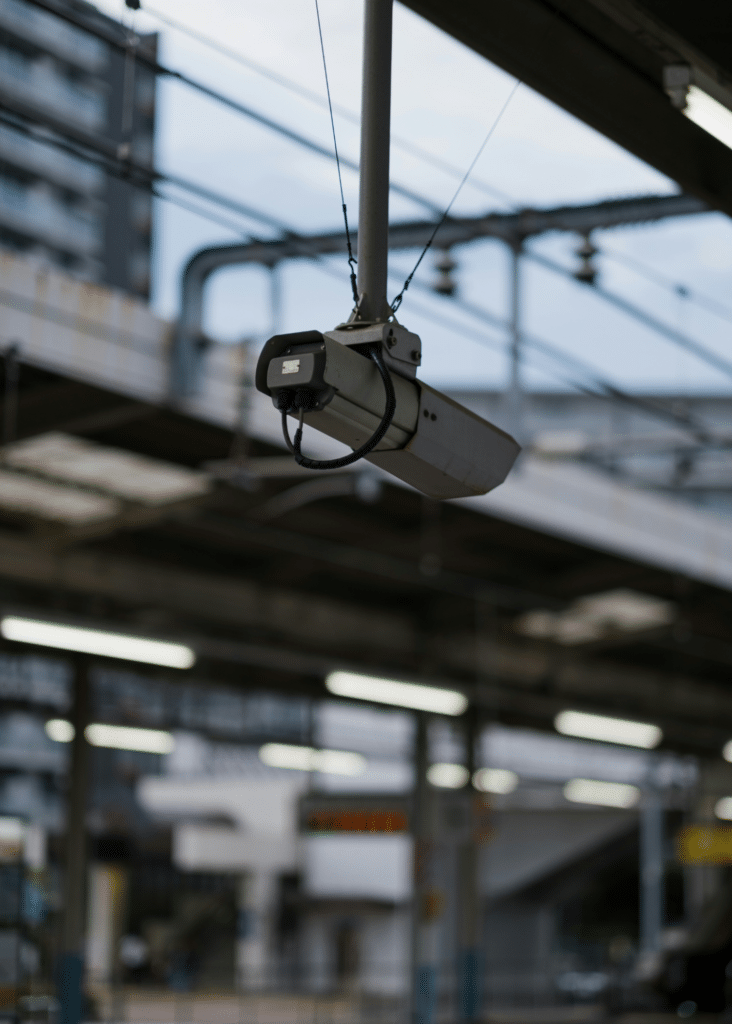In today’s interconnected world, border security is essential to safeguarding nations against threats while facilitating the flow of goods and people. Achieving a delicate balance between stringent security measures and efficient border processes remains a formidable challenge for authorities worldwide.
The increasing volume of cross-border trade and travel exacerbates this dilemma, underscoring the urgent need for innovative solutions. The complexities faced by border control agencies are grounded in the dual mandate of enhancing security protocols while ensuring smooth transit for legitimate travelers and cargo. Central to this discussion is the concept of bridging the gap between security measures and operational efficiency, where cutting-edge technologies and strategic policies play pivotal roles.
Understanding the Dilemma
In comprehending the intricacies of border management, it is imperative to dissect the conventional paradigms governing security protocols and their ramifications on operational efficiency. Traditional approaches to border security often prioritize stringent measures, such as exhaustive document verification and physical inspections, aiming to mitigate potential risks.
The implementation of such measures inevitably leads to delays and bottlenecks at border crossings, impeding the timely movement of goods and individuals. The inherent trade-offs between heightened security measures and efficiency become evident as prolonged wait times at borders incur economic costs and disrupt supply chains. Consequently, there arises a pressing need for innovative solutions capable of reconciling these competing interests effectively.
By leveraging advancements in technology, including artificial intelligence, biometrics, and data analytics, border control agencies seek to enhance security while streamlining processes to expedite legitimate travel and trade. This recognition of the dilemma emphasizes the imperative for proactive measures aimed at striking a harmonious balance between robust security measures and operational fluidity at border crossings.
Innovations in Border Technologies
The landscape of border control is undergoing a transformative shift with the advent of cutting-edge technologies aimed at fortifying security measures while optimizing operational efficiency. Biometrics, encompassing facial recognition, fingerprint scanning, and iris identification, stands as a cornerstone in bolstering identity verification processes, facilitating swift and accurate screening of travelers.
The integration of artificial intelligence (AI) into surveillance systems enables real-time threat detection, allowing authorities to preemptively address potential security breaches while minimizing disruptions to border operations. The utilization offers immutable and transparent record-keeping mechanisms, ensuring the integrity of data exchange and enhancing trust among stakeholders in cross-border transactions.
Across various regions, successful implementations of these innovations have been observed, showcasing their efficacy in revolutionizing border management practices. These advancements not only reinforce security measures by fortifying entry points against emerging threats but also streamline border processes, expediting the movement of goods and individuals.
As border control agencies increasingly harness the potential of these technologies, the trajectory toward a seamlessly secure and efficient border ecosystem is poised for significant advancement.

Integrating Smart Policies
Effective border management hinges on technological advancements as well as on the formulation and implementation of smart policies that strike a delicate balance between security imperatives and operational efficiency.
Central to this endeavor is the adoption of risk-based assessments, which allow border control agencies to allocate resources judiciously by focusing scrutiny on high-risk individuals and cargo, thereby expediting the processing of low-risk entities. Pre-clearance programs enable travelers and shipments to undergo necessary checks before reaching the border, minimizing delays and enhancing overall throughput.
The significance of international cooperation is essential in fostering harmonized border protocols that transcend national boundaries. Collaborative efforts among nations facilitate the exchange of intelligence, best practices, and resources, laying the groundwork for a cohesive and interoperable border management framework.
“By aligning policies and procedures across jurisdictions, countries can effectively mitigate security risks while fostering the unimpeded flow of legitimate trade and travel,” says an executive at Securiport Mali, a leading border security agency. “Integrating smart policies into border management strategies is paramount for achieving the dual objectives of security and efficiency.”
Through strategic initiatives and cross-border collaboration, governments can navigate the complexities of modern-day border challenges, ensuring the seamless facilitation of global mobility and commerce.
The Way Forward
Reconciling the imperatives of security and efficiency is a complex endeavor demanding holistic solutions. From considering the importance of embracing technological advancements and smart policy frameworks to navigating the complexities inherent in border control, it is imperative for stakeholders to prioritize continuous innovation and collaboration as guiding principles in bridging the gap between security measures and operational efficiency.
This entails fostering an ecosystem conducive to experimentation and adaptation, wherein emerging technologies are leveraged to augment existing capabilities while aligning policies with the evolving landscape of global mobility and trade.
To optimize border operations, policymakers and stakeholders must keep key tenets and concepts top of mind including investing in research and development to spur the creation of novel solutions tailored to the unique challenges of border management. Secondly, foster
Stakeholders are charged with fostering cross-sectoral partnerships and international cooperation to promote information sharing and harmonize standards. Prioritizing the enhancement of infrastructure and human capital ensures the seamless integration of technological advancements into border control practices.
The implementation of innovative technologies such as biometrics, AI-powered surveillance, and holds immense promise in augmenting border security while expediting the movement of goods and people. Likewise, the adoption of smart policies, including risk-based assessments and pre-clearance programs, can significantly enhance operational efficiency without compromising security integrity.
The path forward in border security is not without its challenges. It necessitates ongoing dialogue and collaboration among governments, industry players, and subject matter experts to navigate the complexities of border management effectively. By fostering an environment of cooperation and knowledge sharing, stakeholders can collectively address emerging threats and seize opportunities for transformative change.
Published By: Aize Perez









